-
 Bitcoin
Bitcoin $111300
-0.83% -
 Ethereum
Ethereum $4296
-0.28% -
 XRP
XRP $2.970
-0.28% -
 Tether USDt
Tether USDt $0.0000
0.01% -
 BNB
BNB $876.7
-0.13% -
 Solana
Solana $216.7
0.50% -
 USDC
USDC $0.9998
0.01% -
 Dogecoin
Dogecoin $0.2424
1.50% -
 TRON
TRON $0.3345
0.88% -
 Cardano
Cardano $0.8635
0.03% -
 Hyperliquid
Hyperliquid $53.38
5.54% -
 Chainlink
Chainlink $23.07
0.27% -
 Ethena USDe
Ethena USDe $1.001
0.02% -
 Sui
Sui $3.463
-0.21% -
 Stellar
Stellar $0.3738
-0.33% -
 Bitcoin Cash
Bitcoin Cash $578.5
-1.51% -
 Avalanche
Avalanche $26.00
2.07% -
 Hedera
Hedera $0.2276
0.77% -
 UNUS SED LEO
UNUS SED LEO $9.548
0.02% -
 Cronos
Cronos $0.2597
2.73% -
 Litecoin
Litecoin $112.0
-0.64% -
 Toncoin
Toncoin $3.089
-0.29% -
 Shiba Inu
Shiba Inu $0.00001285
-0.10% -
 Polkadot
Polkadot $4.098
1.54% -
 Uniswap
Uniswap $9.484
-0.88% -
 Ethena
Ethena $0.8361
8.06% -
 Dai
Dai $0.9998
0.01% -
 Monero
Monero $269.5
-0.68% -
 World Liberty Financial
World Liberty Financial $0.1994
-4.02% -
 Aave
Aave $299.1
-1.29%
How to use Bollinger Bands in a volatile market? How to avoid false breakthroughs?
Bollinger Bands help identify trends and volatility in crypto markets; use other indicators and retests to avoid false breakouts in volatile conditions.
May 21, 2025 at 03:49 pm
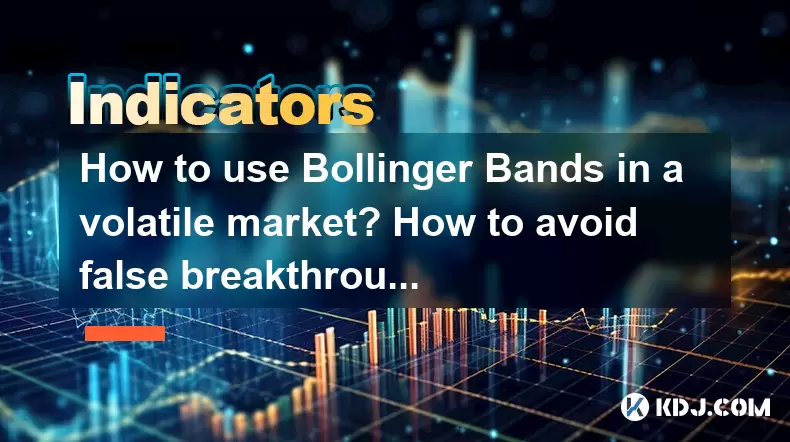
In the realm of cryptocurrency trading, understanding and utilizing technical analysis tools such as Bollinger Bands can significantly enhance your trading strategy, particularly in volatile markets. Bollinger Bands are a versatile indicator that helps traders identify potential price trends, volatility, and market conditions. However, in a volatile market, traders often face the challenge of distinguishing between genuine market movements and false breakthroughs. This article will delve into how to effectively use Bollinger Bands in such environments and provide strategies to avoid false signals.
Understanding Bollinger Bands
Before diving into their application in volatile markets, it's essential to grasp what Bollinger Bands are and how they work. Bollinger Bands consist of three lines: the middle band, which is typically a simple moving average (SMA), and two outer bands that are standard deviations away from the middle band. The standard settings for Bollinger Bands are a 20-period SMA with the outer bands set at two standard deviations.
- Middle Band: This is the SMA of the price over a specified period, usually 20 periods.
- Upper Band: Calculated as the middle band plus two standard deviations.
- Lower Band: Calculated as the middle band minus two standard deviations.
Using Bollinger Bands in Volatile Markets
In a volatile market, the price of cryptocurrencies can fluctuate dramatically, making it challenging to predict future movements. Bollinger Bands can be particularly useful in such environments because they adapt to market volatility. Here’s how you can use them effectively:
Identify Volatility: The width of the Bollinger Bands is a direct reflection of market volatility. When the bands widen, it indicates increased volatility, and when they narrow, it suggests decreased volatility. In a volatile market, you will often see the bands expanding.
Spot Potential Reversals: In volatile markets, prices can move quickly away from the middle band. A price touching or moving outside the upper or lower band can signal a potential reversal. However, this is where the challenge of false breakthroughs comes into play.
Look for Squeeze and Breakouts: A Bollinger Band squeeze occurs when the bands come close together, indicating low volatility and often a precursor to a significant price move. In volatile markets, these squeezes can lead to explosive breakouts. Traders should be prepared for rapid price movements following a squeeze.
Strategies to Avoid False Breakthroughs
False breakthroughs, where the price momentarily breaches the Bollinger Bands but then quickly reverses, are a common occurrence in volatile markets. Here are some strategies to help you avoid falling for these false signals:
Confirm with Other Indicators: Using additional technical indicators can help confirm the validity of a breakout. Common indicators to use in conjunction with Bollinger Bands include the Relative Strength Index (RSI), Moving Average Convergence Divergence (MACD), and volume indicators. For example, if the price breaks above the upper band and the RSI is also indicating overbought conditions, it might suggest a false breakout.
Wait for Retests: A retest of the Bollinger Band after a breakout can provide more confidence in the move. If the price breaks above the upper band and then returns to retest it before continuing upwards, it’s more likely to be a genuine breakout.
Monitor Price Action: Pay close attention to price action around the Bollinger Bands. If the price breaks through the upper or lower band but shows signs of hesitation or reversal (like long wicks or doji candles), it might indicate a false breakout.
Use Time Frames Wisely: Analyzing multiple time frames can provide a clearer picture of market trends. A breakout on a shorter time frame might be a false signal, but if it’s confirmed on a longer time frame, it’s more likely to be valid.
Practical Application of Bollinger Bands in a Volatile Market
To illustrate how to use Bollinger Bands and avoid false breakthroughs, let's walk through a practical example of trading in a volatile cryptocurrency market.
Identify the Market Condition: First, observe the overall market condition. If the market is showing signs of high volatility, you will see the Bollinger Bands widening.
Look for a Squeeze: If the bands start to squeeze, indicating a period of low volatility, prepare for a potential breakout. In volatile markets, these breakouts can be significant.
Monitor the Breakout: When the price breaks out of the Bollinger Bands, do not immediately enter a trade. Instead, wait for confirmation from other indicators or a retest of the band.
Confirm with Other Indicators: For example, if the price breaks above the upper band, check the RSI. If the RSI is not in overbought territory, it might confirm the breakout.
Wait for a Retest: If the price breaks out and then returns to the upper band, monitor how it reacts. If it bounces off the band and continues upwards, it's more likely a genuine breakout.
Enter the Trade: Once you have confirmed the breakout using these methods, enter the trade with a clear stop-loss and take-profit level. In a volatile market, these levels should be set conservatively to account for rapid price movements.
Adjusting Bollinger Bands Settings
While the default settings for Bollinger Bands are often effective, in highly volatile markets, you might need to adjust them to better suit your trading strategy.
Adjusting the Period: Shortening the period of the SMA (e.g., from 20 to 10 periods) can make the bands more sensitive to recent price movements, which can be beneficial in volatile markets.
Adjusting the Standard Deviation: Increasing the standard deviation (e.g., from 2 to 2.5 or 3) can widen the bands, making them less likely to be breached by short-term volatility spikes.
Experiment with Different Settings: Test different settings on historical data to see which configuration works best for your trading style and the specific cryptocurrency you are trading.
Frequently Asked Questions
Q: Can Bollinger Bands be used effectively in all types of volatile markets?A: While Bollinger Bands are versatile, their effectiveness can vary depending on the specific market conditions. In highly volatile markets, such as those seen in some cryptocurrencies, Bollinger Bands can be particularly useful for identifying potential breakouts and reversals. However, traders should always combine Bollinger Bands with other indicators and market analysis to increase their effectiveness.
Q: How often should I adjust the settings of my Bollinger Bands?A: The frequency of adjusting Bollinger Bands settings depends on your trading strategy and the specific market you are trading. In highly volatile markets, you might need to adjust the settings more frequently to account for rapid changes in market conditions. It's a good practice to periodically review and test different settings to ensure they remain effective.
Q: What are some common mistakes traders make when using Bollinger Bands in volatile markets?A: One common mistake is entering trades immediately after a breakout without confirmation. Traders often fall for false breakouts by not waiting for additional signals or retests. Another mistake is over-relying on Bollinger Bands without using other indicators, which can lead to misinterpretations of market movements. Finally, not adjusting the settings to suit the specific volatility of the market can result in less accurate signals.
Q: Can Bollinger Bands predict future price movements in volatile markets?A: While Bollinger Bands can provide insights into potential future price movements, they do not predict them with certainty. They are a tool for identifying trends, volatility, and potential reversals, but traders should use them in conjunction with other analysis methods and be aware of the inherent unpredictability of volatile markets.
Disclaimer:info@kdj.com
The information provided is not trading advice. kdj.com does not assume any responsibility for any investments made based on the information provided in this article. Cryptocurrencies are highly volatile and it is highly recommended that you invest with caution after thorough research!
If you believe that the content used on this website infringes your copyright, please contact us immediately (info@kdj.com) and we will delete it promptly.
- BlackRock, Bitcoin ETF, and the Next BTC Move: What's Driving the Market?
- 2025-09-10 04:25:13
- Play-to-Earn, Crypto Games, and the Web3 Future: A New Yorker's Take
- 2025-09-10 04:25:13
- Meme Coins: Explosive Gains in 2025? What You Need to Know
- 2025-09-10 04:30:12
- EigenLayer (EIGEN): Exchange Listings Fuel Rally Amidst Technical Crosscurrents
- 2025-09-10 04:30:12
- Crypto Coins in September 2025: Navigating Investment Opportunities
- 2025-09-10 04:35:13
- Bitcoin Price, JPMorgan, and CPI Data: Decoding the Crypto Market's Next Move
- 2025-09-10 04:35:13
Related knowledge
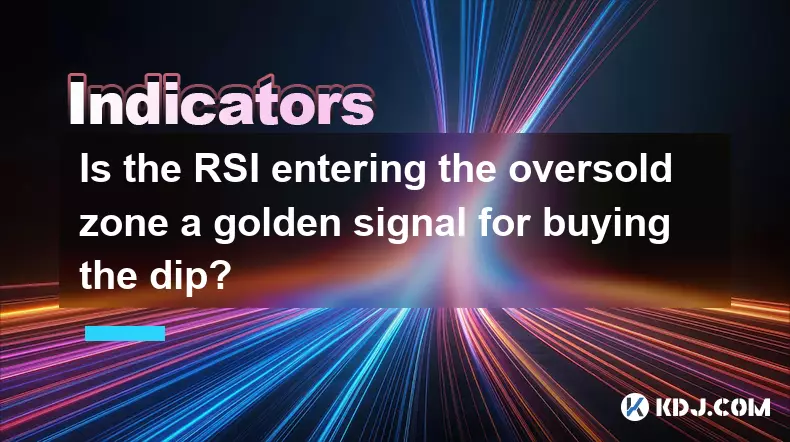
Is the RSI entering the oversold zone a golden signal for buying the dip?
Sep 09,2025 at 02:55pm
Understanding the RSI and Its Role in Crypto Trading1. The Relative Strength Index (RSI) is a momentum oscillator widely used in the cryptocurrency ma...
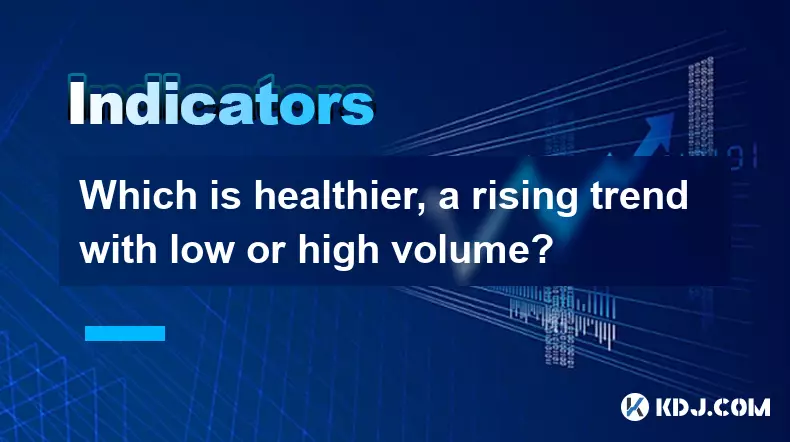
Which is healthier, a rising trend with low or high volume?
Sep 09,2025 at 04:00pm
Understanding Volume in Market Trends1. Volume serves as a critical indicator when analyzing the strength of a rising trend in cryptocurrency markets....
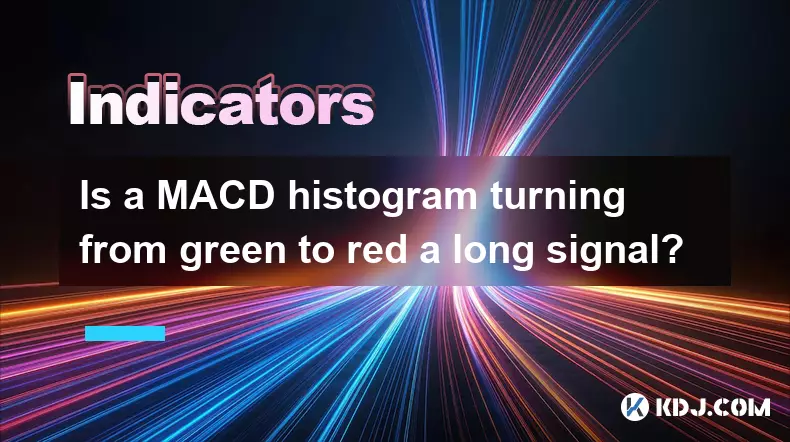
Is a MACD histogram turning from green to red a long signal?
Sep 09,2025 at 01:54pm
Understanding the MACD Histogram in Crypto Trading1. The MACD (Moving Average Convergence Divergence) histogram is a visual representation of the diff...
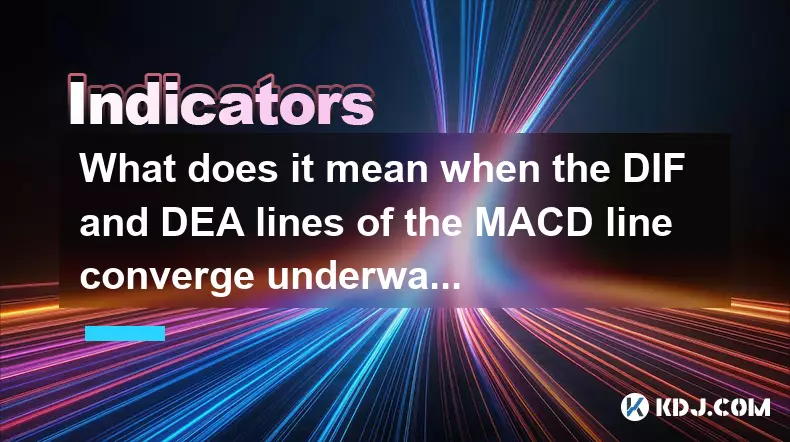
What does it mean when the DIF and DEA lines of the MACD line converge underwater?
Sep 09,2025 at 07:55am
Understanding MACD Components in Bearish Territory1. The MACD indicator consists of three elements: the DIF (Difference), DEA (Signal line), and the M...
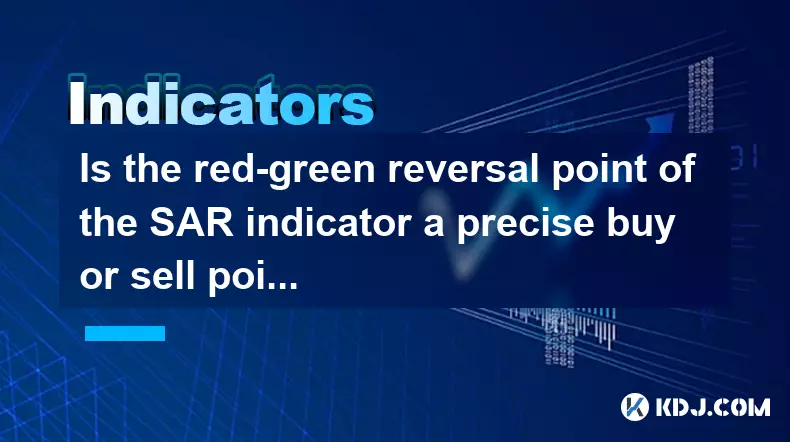
Is the red-green reversal point of the SAR indicator a precise buy or sell point?
Sep 09,2025 at 11:18am
Understanding the SAR Indicator in Cryptocurrency TradingThe SAR (Stop and Reverse) indicator, developed by J. Welles Wilder Jr., is a popular tool us...
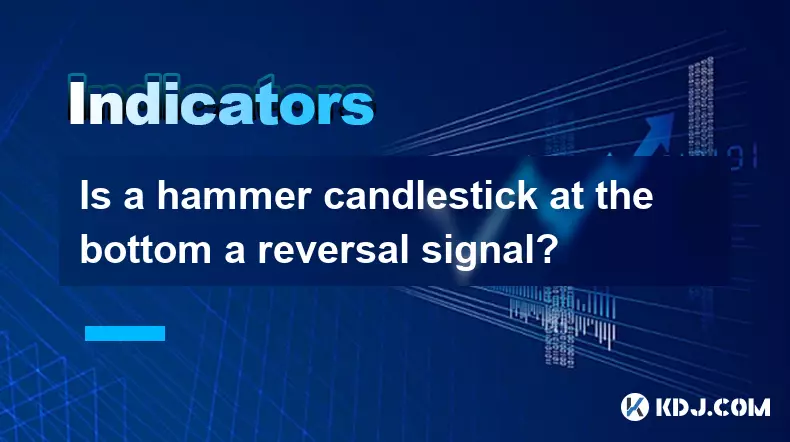
Is a hammer candlestick at the bottom a reversal signal?
Sep 10,2025 at 01:01am
Understanding the Hammer Candlestick Pattern1. The hammer candlestick is a single-candle formation that typically appears at the end of a downtrend. I...

Is the RSI entering the oversold zone a golden signal for buying the dip?
Sep 09,2025 at 02:55pm
Understanding the RSI and Its Role in Crypto Trading1. The Relative Strength Index (RSI) is a momentum oscillator widely used in the cryptocurrency ma...

Which is healthier, a rising trend with low or high volume?
Sep 09,2025 at 04:00pm
Understanding Volume in Market Trends1. Volume serves as a critical indicator when analyzing the strength of a rising trend in cryptocurrency markets....

Is a MACD histogram turning from green to red a long signal?
Sep 09,2025 at 01:54pm
Understanding the MACD Histogram in Crypto Trading1. The MACD (Moving Average Convergence Divergence) histogram is a visual representation of the diff...

What does it mean when the DIF and DEA lines of the MACD line converge underwater?
Sep 09,2025 at 07:55am
Understanding MACD Components in Bearish Territory1. The MACD indicator consists of three elements: the DIF (Difference), DEA (Signal line), and the M...

Is the red-green reversal point of the SAR indicator a precise buy or sell point?
Sep 09,2025 at 11:18am
Understanding the SAR Indicator in Cryptocurrency TradingThe SAR (Stop and Reverse) indicator, developed by J. Welles Wilder Jr., is a popular tool us...

Is a hammer candlestick at the bottom a reversal signal?
Sep 10,2025 at 01:01am
Understanding the Hammer Candlestick Pattern1. The hammer candlestick is a single-candle formation that typically appears at the end of a downtrend. I...
See all articles
























































































